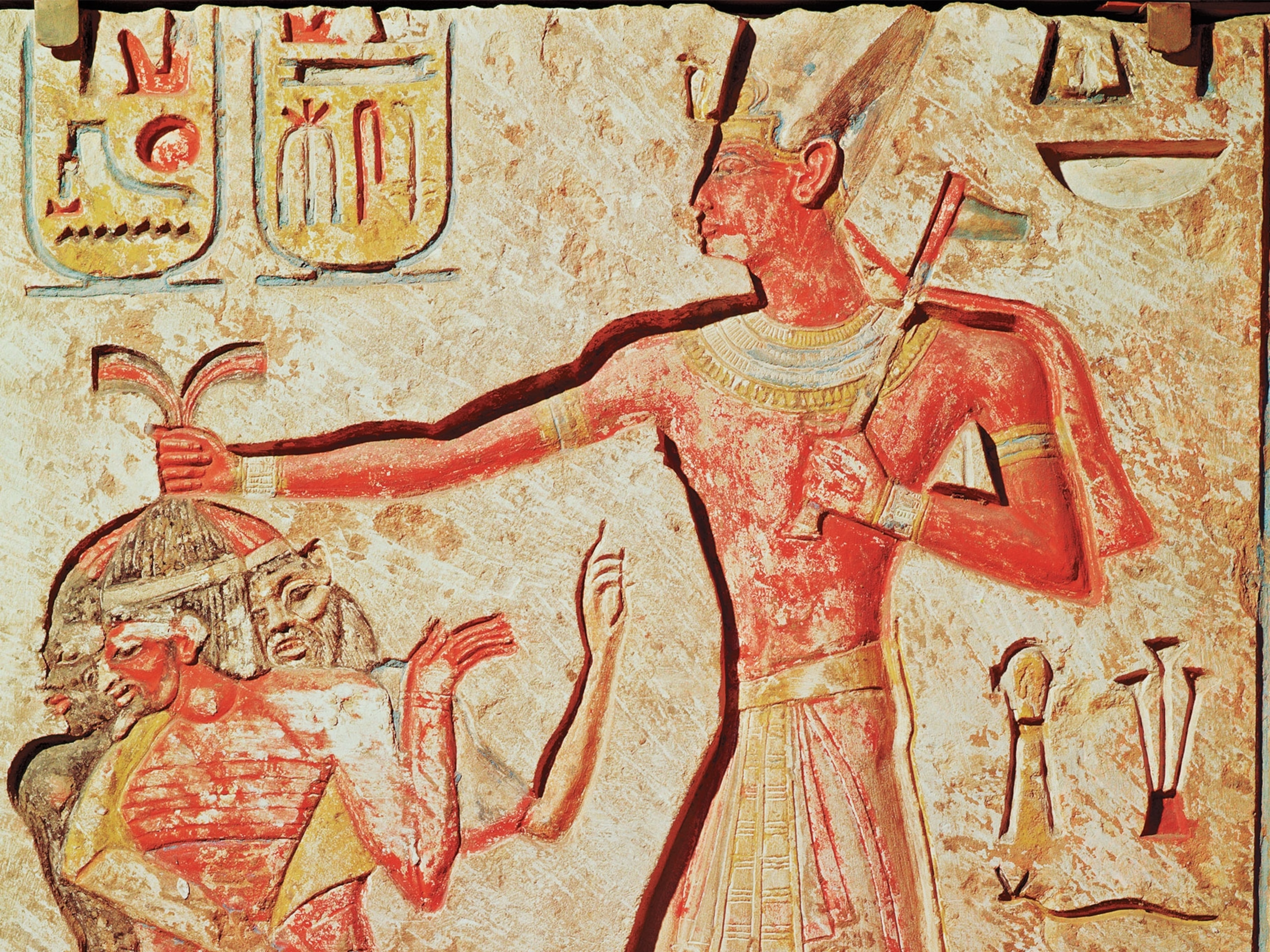How we went from hunter-gatherers to monument builders
About 12,000 years ago, our Stone Age ancestors shifted away from hunting and gathering to growing crops and domesticating animals during a period known as the Neolithic Revolution.
About 12,000 years ago, our human ancestors, who once lived as hunter-gatherers, began doing things differently. They started growing crops, domesticating animals, and using new tools. The way people inhabited the landscape also changed as they built some of the first settlements and monuments.
This cultural transition, often called the Neolithic Revolution, was a turning point in prehistory. However, with no existing written records, it’s difficult to truly understand why this shift occurred, how Neolithic societies functioned, and why they built grand monuments, like Stonehenge. Hear how archaeologists, like Dr. Jim Leary of the University of York, are piecing together some of the ancient clues left behind in earth and stone.
Dive deep into the world of animals, science, and natural history in our original video series Nat Geo Explores.



